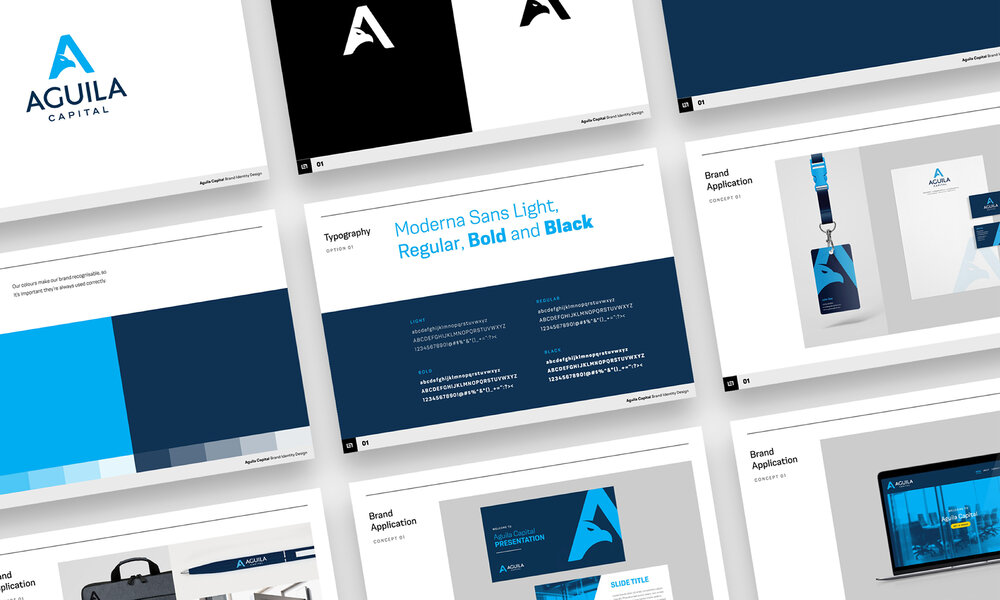In today’s competitive business landscape, creating a distinct and memorable brand identity is crucial for the success of retail outlets. Corporate branding plays a pivotal role in shaping the perception of consumers and establishing a strong connection between the brand and its target audience. One of the key aspects of corporate branding is the art of visual identity, which encompasses various elements such as logos, colours, typography, and retail signage. By strategically leveraging these elements, retailers can reinvent their outlets and leave a lasting impression on customers. You can learn more about retail signage through websites such as shopsignage.com.au. Moreover, this article will explore the importance of visual identity in corporate branding and delve into the significance of retail signage in enhancing the overall retail experience.
The Power of Visual Identity
Visual identity serves as the face of a brand, representing its core values, personality, and promise. It is the first point of contact between a retailer and its potential customers, making it essential to create a visually appealing and coherent brand image. Consistency across all visual elements is key to establishing brand recognition and fostering customer loyalty. A well-crafted logo, accompanied by carefully chosen colours and typography, can communicate the essence of a brand and evoke specific emotions in consumers. By incorporating these elements consistently across various touchpoints, such as storefronts, packaging, and advertising materials, retailers can reinforce their brand identity and differentiate themselves from competitors.
The Role of Retail Signage
Retail signage is a vital component of visual identity that directly impacts the customer’s in-store experience. Effective retail signage created by experts such as shopsignage.com.au guides shoppers conveys the retailer’s brand message, enhances the ambience, and influences purchasing decisions. It serves as a silent salesperson, providing essential information and directing customers to specific sections or promotions. Well-designed signage can draw attention, create a sense of anticipation, and facilitate navigation within the store. The strategic signage placement can encourage impulse buying and prompt customers to explore new products or services. Furthermore, it allows retailers to communicate their unique selling points, values, and promotions, establishing a stronger connection with their target audience.
Creating Impactful Signage
To create impactful retail signage, retailers must consider several key factors. First, it is essential to maintain consistency with the overall visual identity of the brand. Second, the messaging on the signage should be concise, clear, and easy to understand at a glance. Compelling visuals, including high-quality images or illustrations, can capture attention and engage customers effectively. Additionally, choosing the right placement for signage is crucial. Strategic placement ensures the signage is visible and effectively guides customers through the store, ultimately enhancing their shopping experience.
Embracing Technology in Retail Signage
With the advent of technology, retailers now have many options to elevate their retail signage. Digital signage, for instance, provides dynamic and interactive displays that can captivate customers. By integrating motion graphics, videos, and animations, retailers can create immersive experiences and deliver personalised messages. Digital signage also enables real-time updates, allowing retailers to instantly showcase the latest promotions or product information. Technology-driven solutions such as augmented reality (AR) and virtual reality (VR) can provide customers with unique, engaging experiences that leave a lasting impression. These innovative approaches enhance the visual identity and contribute to the overall brand perception and customer satisfaction.
Conclusion
In the ever-evolving world of retail, the art of visual identity through corporate branding has become more critical than ever. Creating a strong and cohesive visual identity enables retailers to stand out, attract customers, and foster brand loyalty. Retail signage plays a crucial role in this process, as it not only guides customers but also serves as a powerful tool for conveying the brand’s message and enhancing the overall retail experience. By understanding the significance of visual identity and leveraging the power of retail signage, retailers can reinvent their outlets, captivate customers, and establish a memorable brand presence in the highly competitive retail landscape.
Related posts
Categories
Advertisement


